The John Deere 2030: A Legacy of Reliability and Versatility
The John Deere 2030: A Legacy of Reliability and Versatility
Introduction
With great pleasure, we will explore the intriguing topic related to The John Deere 2030: A Legacy of Reliability and Versatility. Let’s weave interesting information and offer fresh perspectives to the readers.
Table of Content
The John Deere 2030: A Legacy of Reliability and Versatility
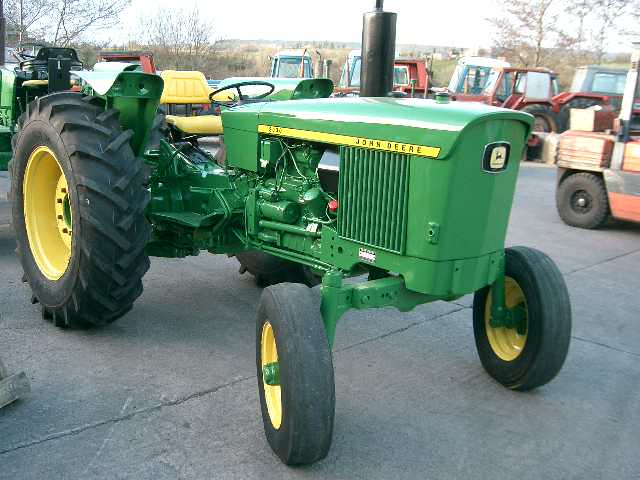
The John Deere 2030, produced from 1975 to 1982, remains a popular choice among farmers and hobbyists alike. Its enduring popularity stems from a combination of robust construction, versatile capabilities, and a reputation for dependability. This article explores the key features and considerations surrounding the John Deere 2030, providing a comprehensive understanding of its strengths and limitations.
Engine and Power:
The John Deere 2030 is powered by a 4-cylinder, naturally aspirated diesel engine, the 2030-D, with a displacement of 239 cubic inches (3.9 liters). This engine generates 70 horsepower, providing sufficient power for a range of tasks, including plowing, disking, cultivating, and hauling. The 2030-D is known for its ruggedness and longevity, capable of enduring demanding agricultural operations.
Transmission and Drivetrain:
The John Deere 2030 features a 12-speed synchronized transmission, providing a good range of speeds for various applications. The transmission is renowned for its smooth shifting and durability. The tractor employs a live hydraulic system with a power steering option, offering responsive steering and maneuverability.
Hydraulics and Implements:
The John Deere 2030’s hydraulic system boasts a robust pump that provides ample power for lifting implements. The three-point hitch system is designed for easy attachment and detachment of implements, enabling versatility in tasks. The tractor’s hydraulics can also power various attachments, such as loaders, rotary cutters, and post hole diggers.
Construction and Design:
The John Deere 2030 is built with a heavy-duty steel frame, contributing to its overall strength and durability. The tractor’s design emphasizes simplicity and ease of maintenance, making it a user-friendly machine for both experienced farmers and beginners. The 2030’s compact size and maneuverability make it suitable for working in tighter spaces.
Advantages of the John Deere 2030:
- Reliability: The John Deere 2030 is renowned for its reliability and durability, capable of withstanding years of demanding work.
- Versatility: The tractor’s power, hydraulics, and three-point hitch system allow for a wide range of tasks, making it suitable for various agricultural operations.
- Simplicity: The John Deere 2030’s straightforward design makes it easy to operate and maintain, minimizing downtime and repair costs.
- Availability of Parts: As a popular model, parts for the John Deere 2030 are readily available, ensuring easy repairs and maintenance.
- Resale Value: The John Deere 2030 holds its value well due to its reputation for reliability and durability, making it a good investment.
Considerations for the John Deere 2030:
- Age: Being a vintage tractor, the John Deere 2030 may require more maintenance and attention compared to newer models.
- Power Limitations: The 70 horsepower engine may not be sufficient for very large-scale operations or heavy-duty tasks.
- Comfort: The John Deere 2030’s cab is basic and may not provide the same level of comfort as modern tractors.
- Fuel Efficiency: As a naturally aspirated diesel engine, the 2030-D may consume more fuel compared to newer, more fuel-efficient models.
FAQs about the John Deere 2030:
Q: What is the average lifespan of a John Deere 2030?
A: With proper maintenance, a John Deere 2030 can last for decades. Many well-maintained examples are still in operation today, demonstrating the tractor’s longevity.
Q: What are the common maintenance requirements for a John Deere 2030?
A: Regular maintenance includes oil changes, filter replacements, checking fluid levels, inspecting belts and hoses, and lubricating moving parts.
Q: What are some common problems with the John Deere 2030?
A: Common issues include hydraulic leaks, electrical problems, and wear and tear on components due to age.
Q: How much does a John Deere 2030 cost?
A: The price of a John Deere 2030 varies depending on its condition, age, and available attachments. Prices can range from a few thousand dollars to over ten thousand dollars.
Tips for Buying a John Deere 2030:
- Thorough Inspection: Carefully inspect the tractor for any signs of wear, tear, or damage.
- Check Fluid Levels: Ensure all fluids are at the correct levels and free of contamination.
- Test the Engine and Transmission: Run the engine and check for any unusual noises or leaks.
- Inspect the Hydraulic System: Check for any leaks or malfunctions in the hydraulic system.
- Consider the Overall Condition: Assess the overall condition of the tractor and its potential for future maintenance.
Conclusion:
The John Deere 2030 remains a highly sought-after tractor, offering a blend of reliability, versatility, and affordability. Its robust construction, simple design, and proven performance make it a valuable asset for farmers and hobbyists alike. While its age may require more maintenance and attention, the John Deere 2030 continues to be a capable and enduring workhorse for a wide range of agricultural tasks.

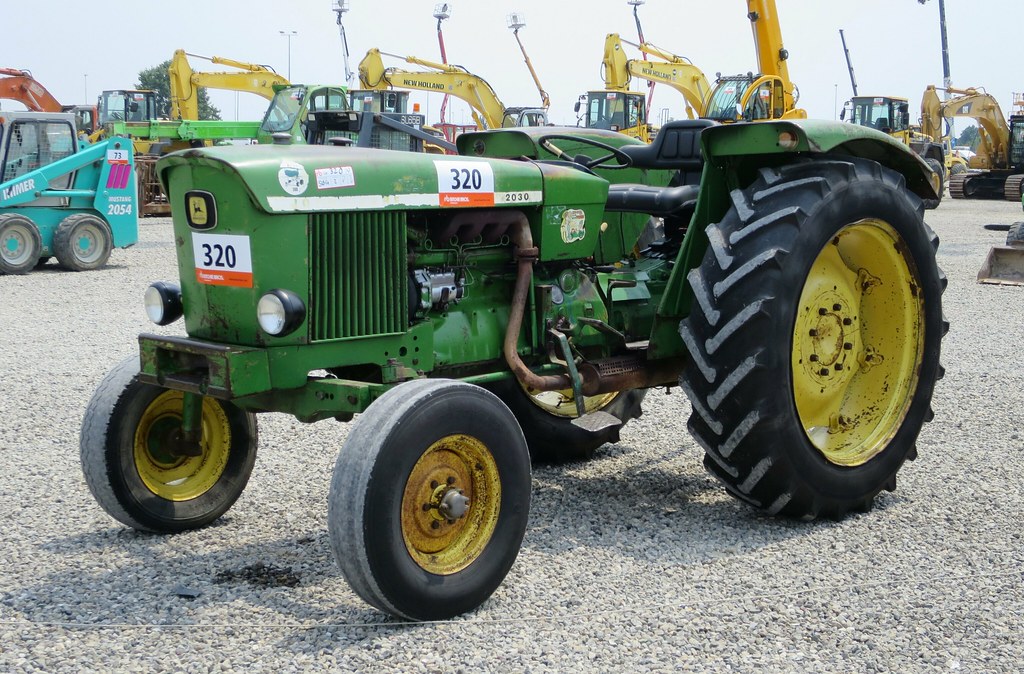

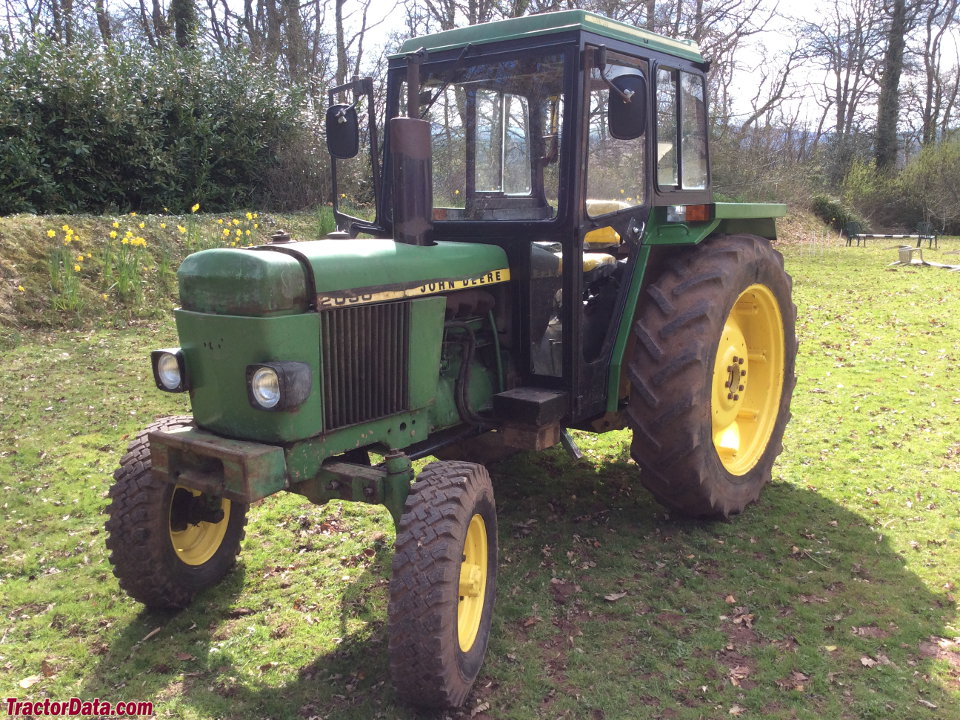
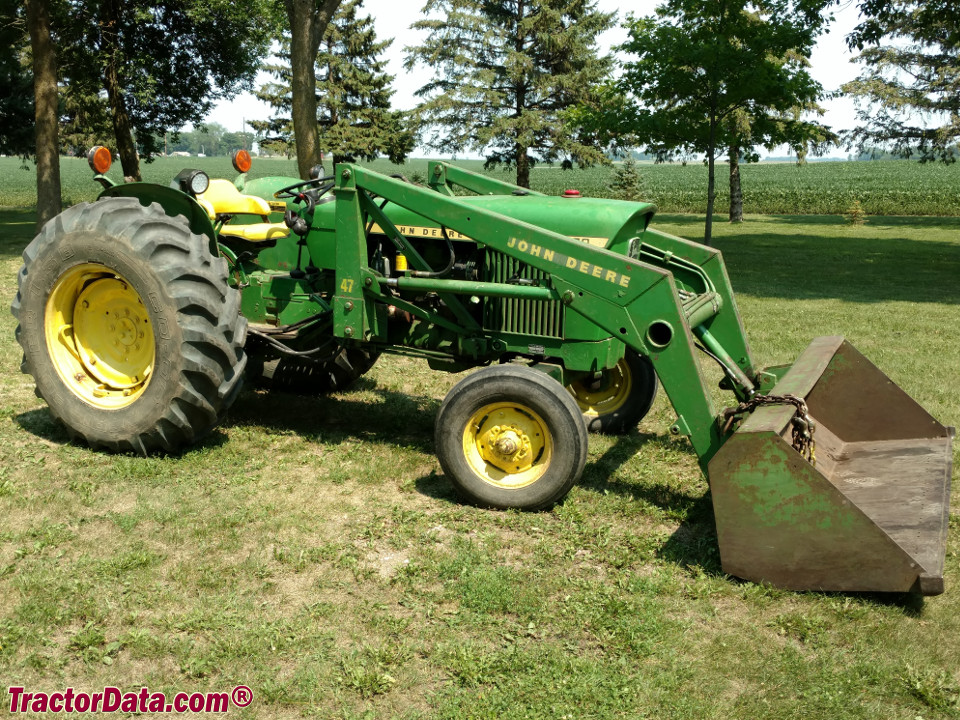

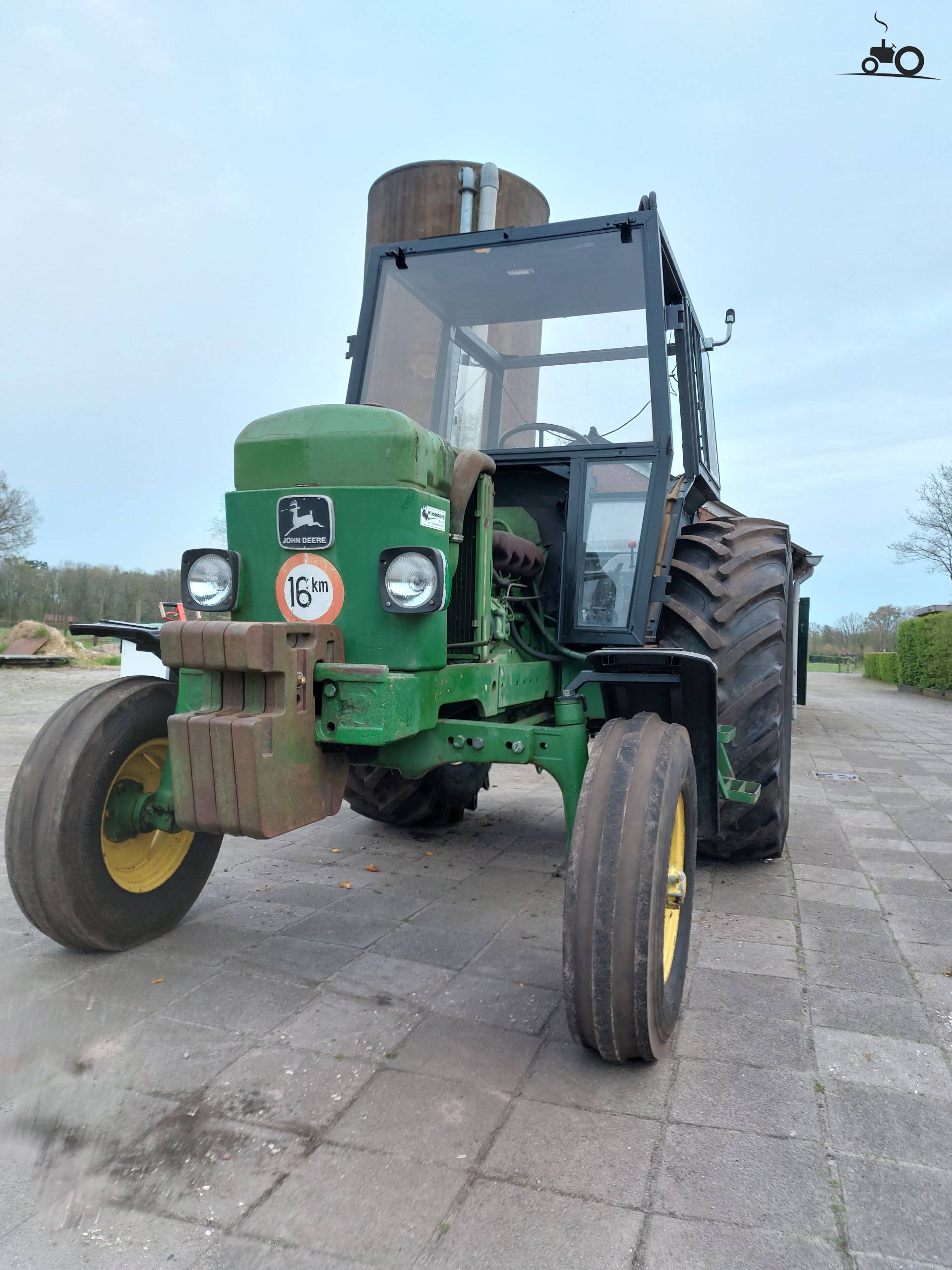
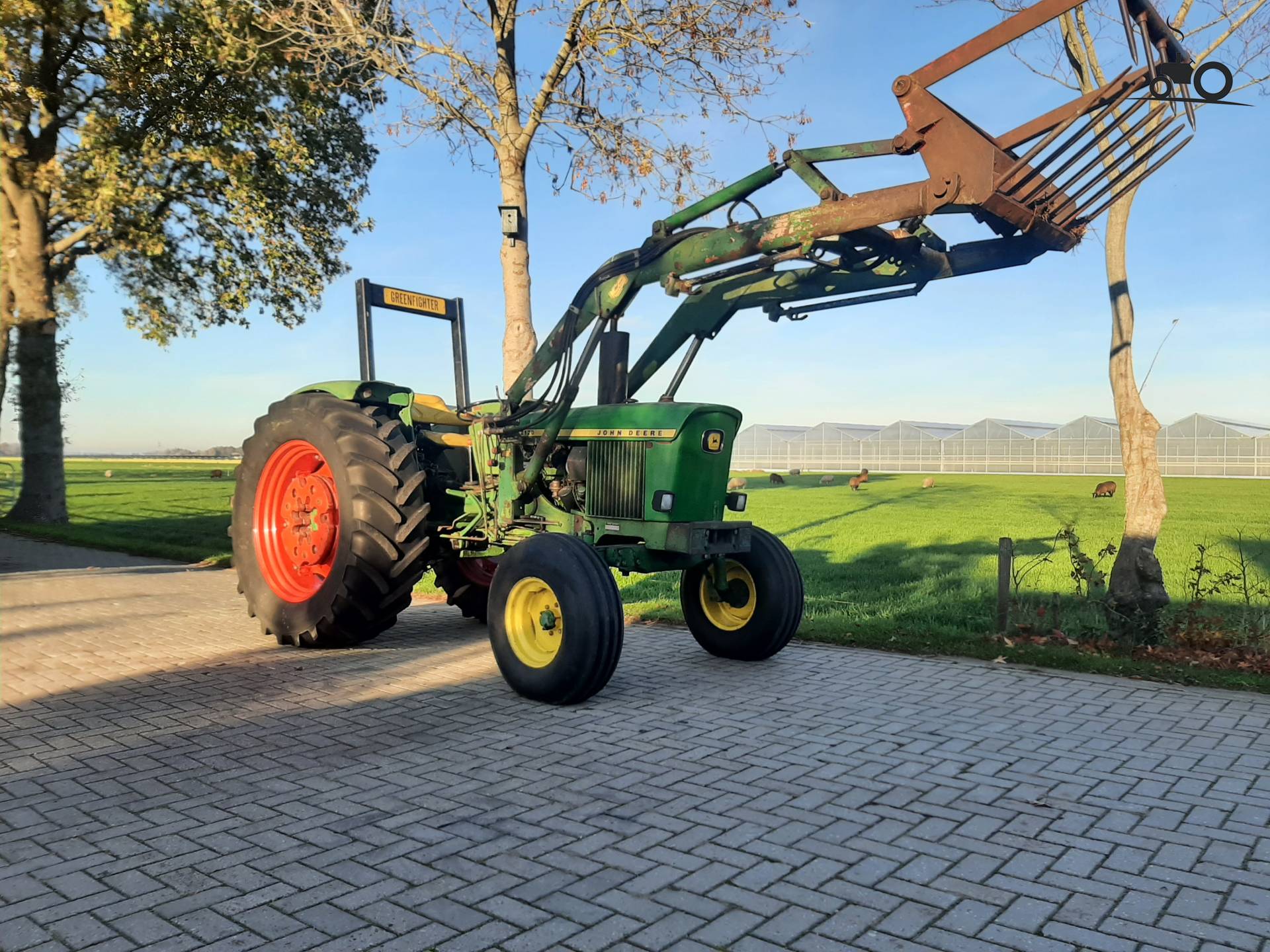
Closure
Thus, we hope this article has provided valuable insights into The John Deere 2030: A Legacy of Reliability and Versatility. We hope you find this article informative and beneficial. See you in our next article!